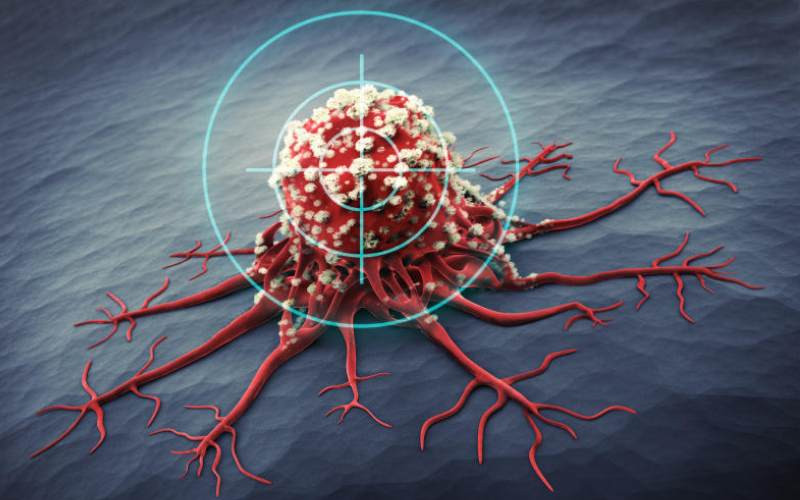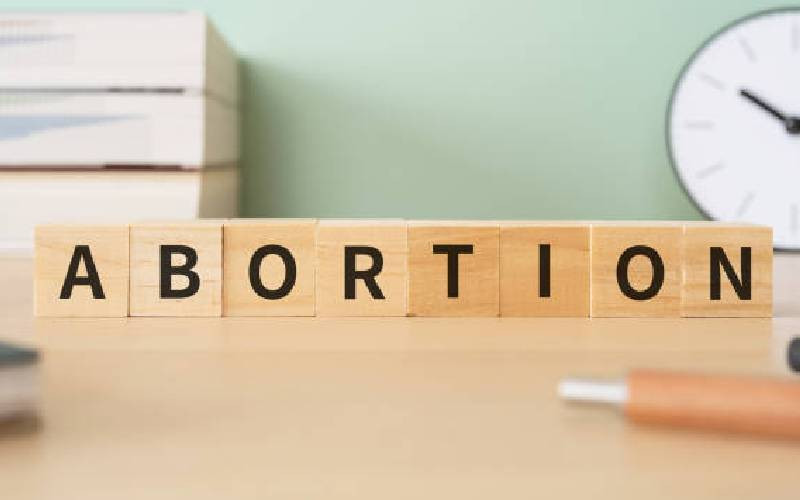By Dr Brigid Monda
Whether they consider it a blessing or a bother, most women feel all is well when their periods come at the right time, every time. For this to happen, an intricate interplay of hormones has to be synchronised correctly to get the lining of the uterus (the endometrium) to expand to the right thickness and maturity in preparation for either pregnancy or shedding as your period.
How menses form
The sex steroid hormones, estrogen and progesterone are the main conductors of the menstrual cycle. They do so in two phases: First, estrogen as the main player, promotes the growth of the endometrium. Second, after ovulation, progesterone matures and stabilises the endometrium.
If pregnancy does not occur, the levels of estrogen and progesterone fall, and the endometrium is shed as your period. If this intricate balance is thrown out of sync, your menstrual bleeding pattern changes.
Warning signs
Anything that is different from your normal cycle is worth noting. A normal cycle is anywhere from 21 to 35 days, lasts three to five days but can vary from one to eight days. An abnormal cycle is less than two weeks apart or longer than 35 days. You will normally loose about two to eight tablespoons or 30 to 80mls of blood with each cycle. More than 80mls is abnormal.
Equally, if you have to change more than one tampon or sanitary pad in one to two hours, or are forced to use more than 10 tampons or sanitary pads in a day, the alarm bells should ring. So should they if bleeding is infrequent, too frequent, too heavy, too light or occurs after menopause. A young woman above 16 who has not started her period as well as one whose period had started then stopped definitely has a problem.
Pregnancy and contraceptives
The most probable cause of abnormal bleeding relates to the woman’s reproductive age. In adolescents, it is most often due to anovulation, which means ‘no ovulation’. Regular menstrual periods usually indicate that a woman is ovulating regularly. Skipped periods followed by irregular bleeding suggest the opposite.
If anovulation occurs, the first phase of the cycle is prolonged and the endometrium continues growing under the influence of estrogen and gets extremely thick. Because ovulation failed to occur, the progesterone, which would mature the endometrium, does not rise to the required levels and the thick endometrium is then shed irregularly, causing a person to get their menses late and they may be prolonged with spotting and heavy bleeding.
Between the ages of 20 to 30, a normal or abnormal pregnancy or abnormal bleeding is the most common cause of a missed period. Breast-feeding may cause irregular or absent periods because the milk-producing hormone Prolactin affects the normal hormonal cycle.
Contraceptions like Depo Provera, Jadelle, misuse of the pill, anovulatory cycles, an infection of the pelvic organs and drugs like anti depressants can also cause abnormal cycles in this age group.
Abnormal growths
As women approach menopause, there is a decline in the number of eggs in the ovary and reduced estrogen secretion. Their cycles shorten and are often anovulatory, which causes them to skip periods and have irregular bleeding. Fibroids may cause bleeding between periods or excessive flow during menstruation. Non-cancerous growths called Polyps may grow from the endometrium like figs on a tree and cause irregular bleeding as well.
Cancer of the uterus is the most serious concern of abnormal bleeding in women after menopause. Hence, any bleeding after a woman’s menopause is always abnormal until proven otherwise. There are many other causes of abnormal bleeding, which include excessive weight loss, cervical cancer, and thyroid disease or hormone replacement therapy. Abnormal uterine bleeding is said to be Dysfunctional Uterine Bleeding when all possible causes of the abnormal bleeding have been ruled out.
 The Standard Group Plc is a multi-media organization with investments in media
platforms spanning newspaper print
operations, television, radio broadcasting, digital and online services. The
Standard Group is recognized as a
leading multi-media house in Kenya with a key influence in matters of national
and international interest.
The Standard Group Plc is a multi-media organization with investments in media
platforms spanning newspaper print
operations, television, radio broadcasting, digital and online services. The
Standard Group is recognized as a
leading multi-media house in Kenya with a key influence in matters of national
and international interest.











